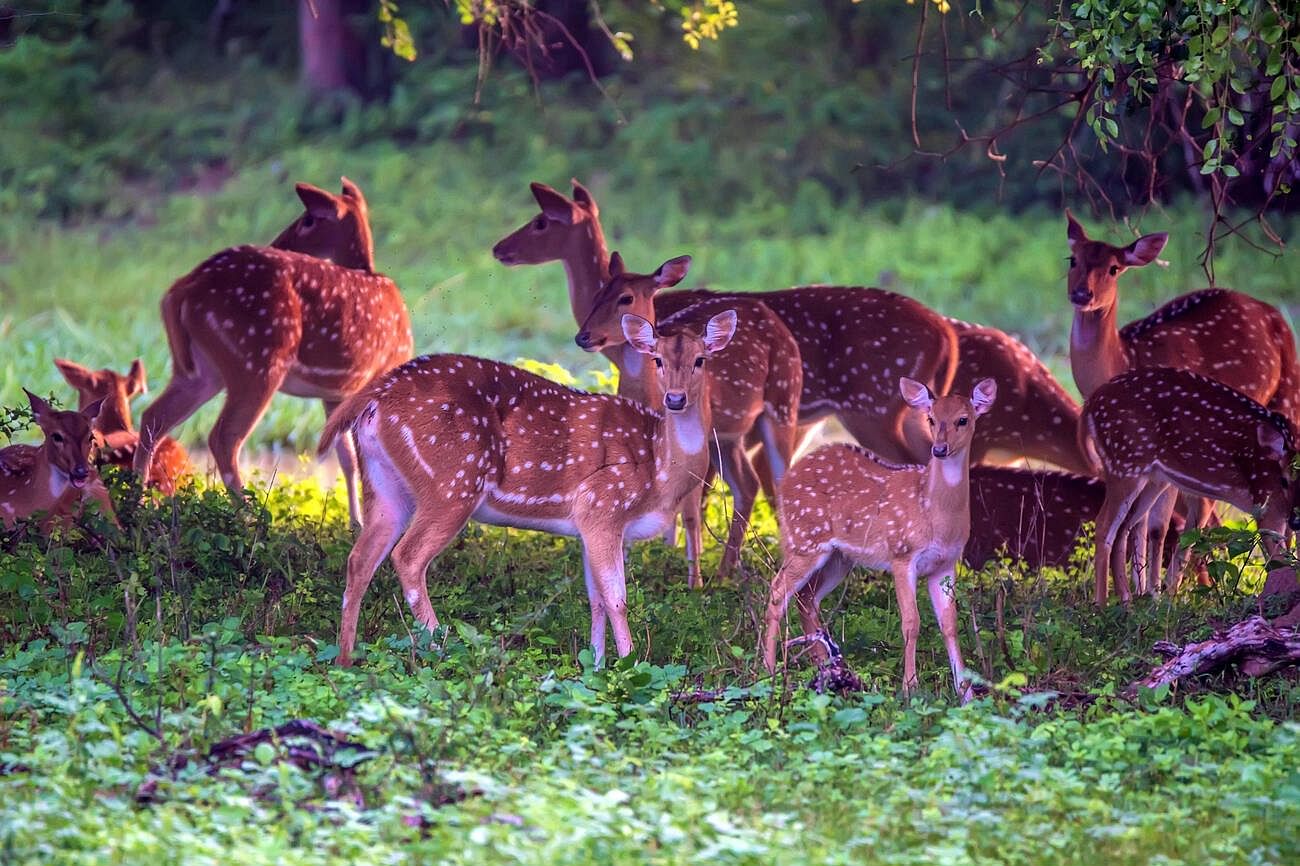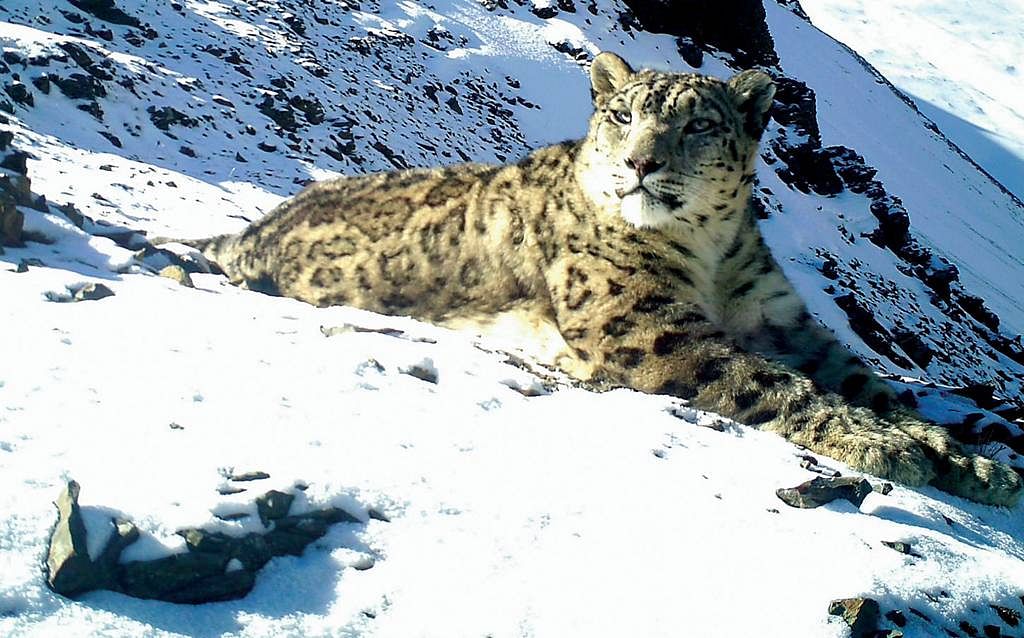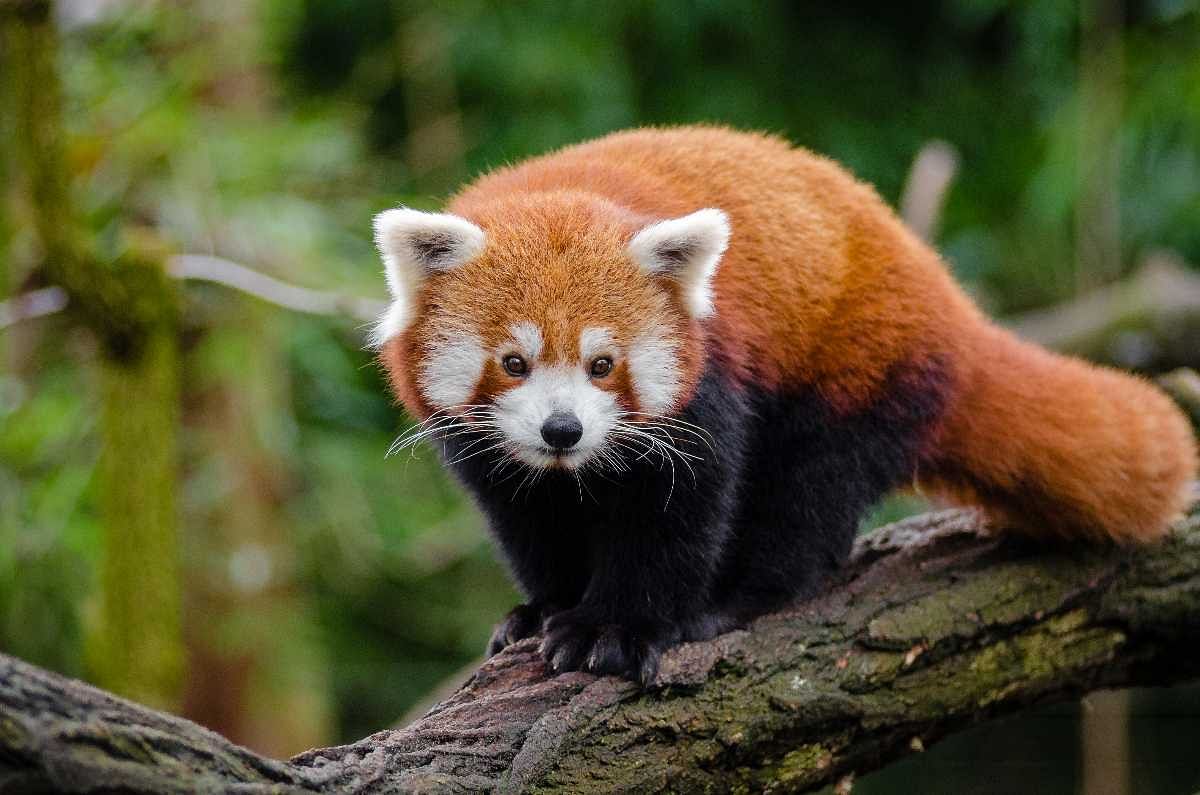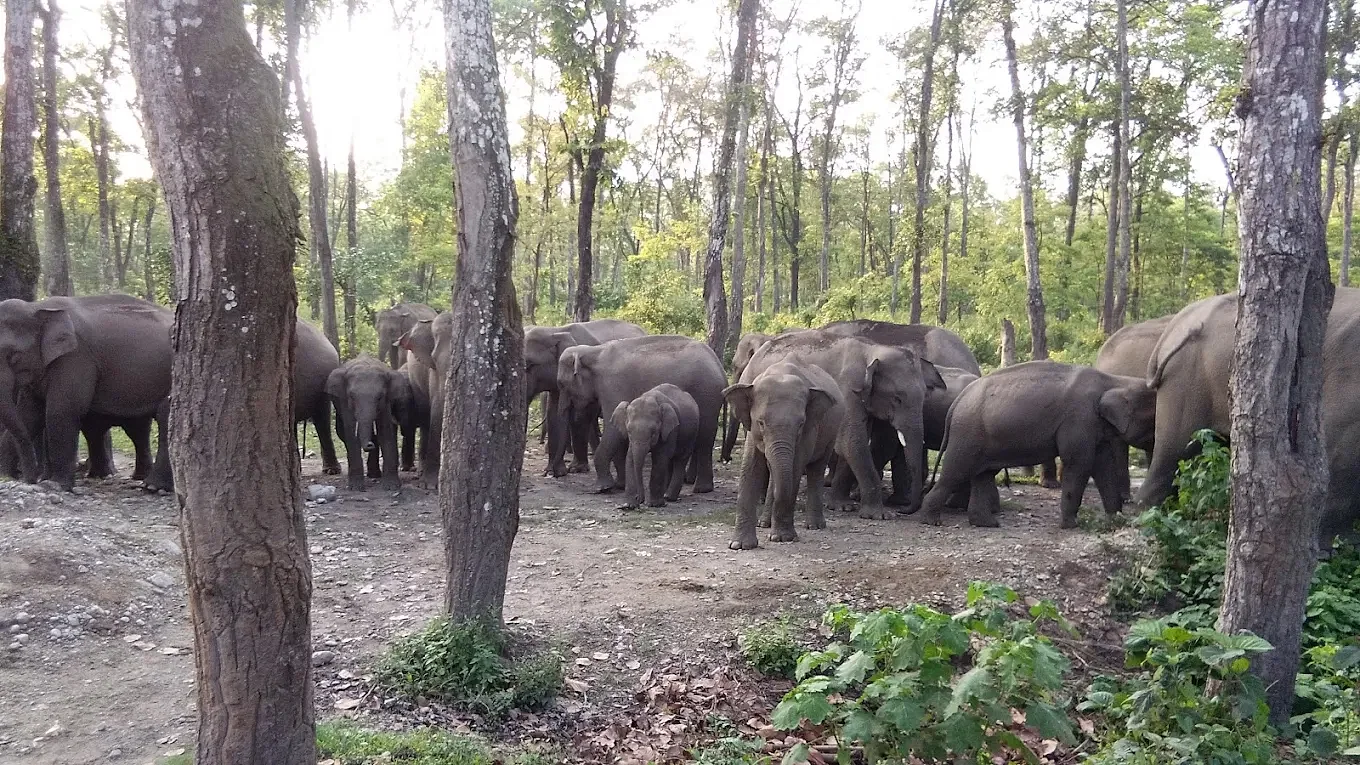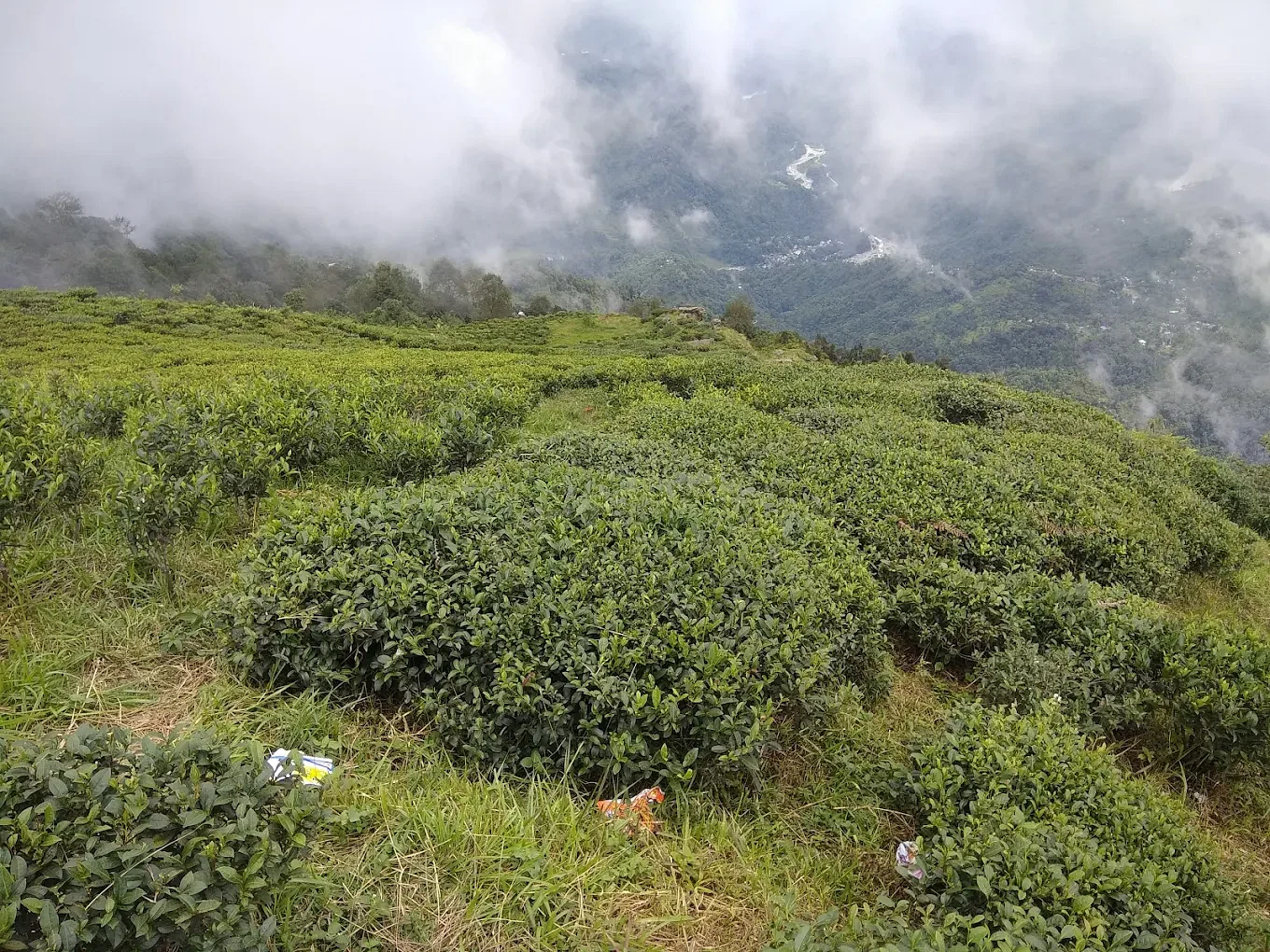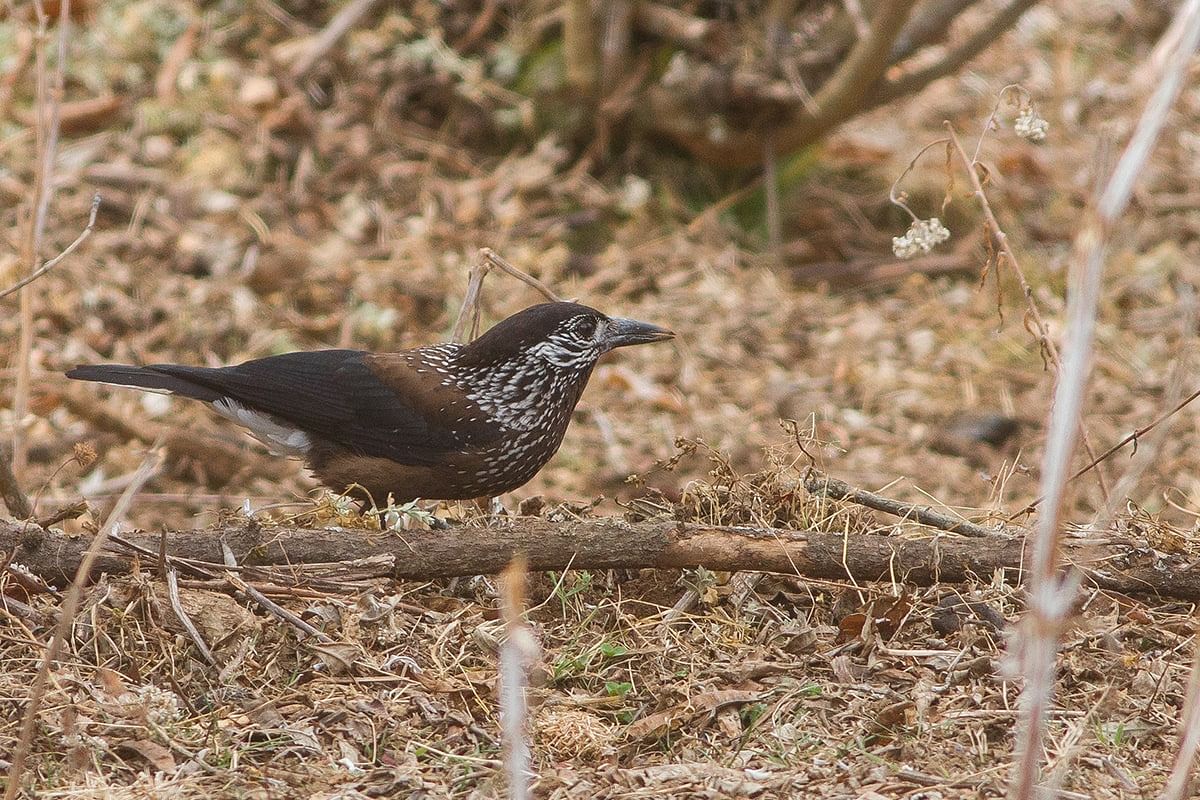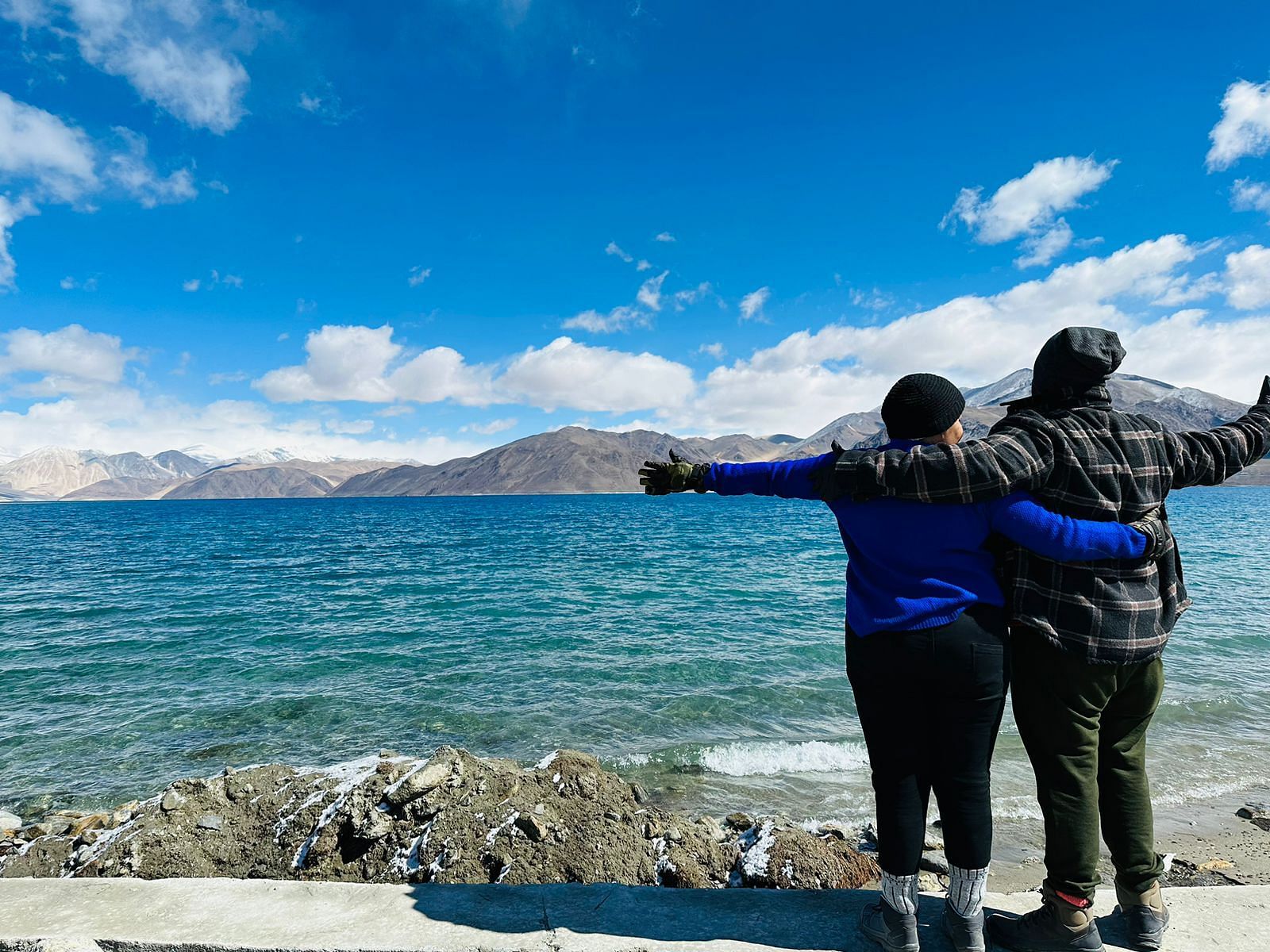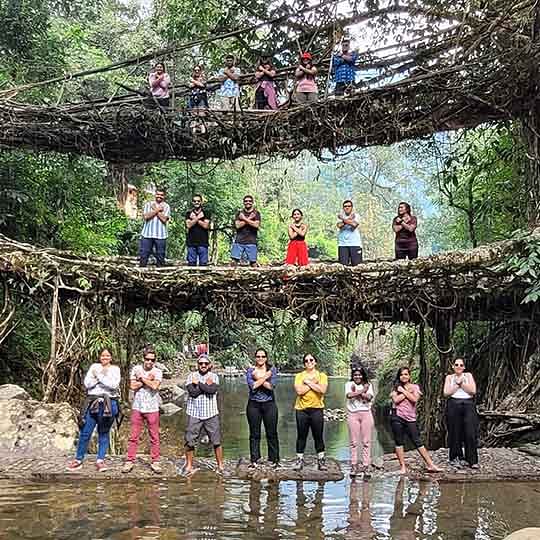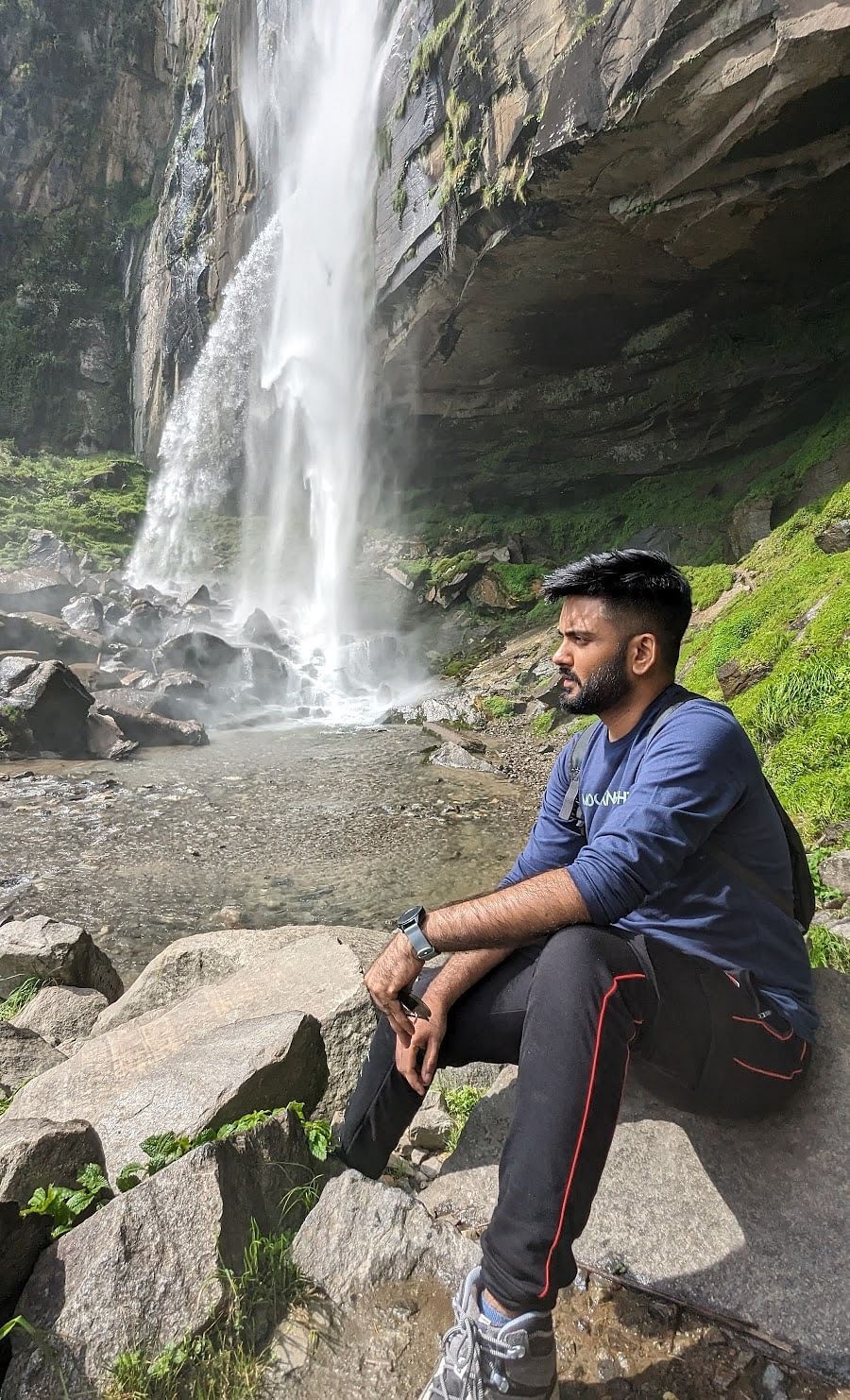Most people think you need to go to Africa for a proper wildlife adventure. Wrong! Bhutan's got tigers wandering around mountain forests like it's no big deal.
Wildlife Sanctuaries in Bhutan are where the magic happens. Last month, my friend Sarah spotted a snow leopard just chilling on a rock ledge. These aren't zoo animals - they're completely wild and doing their own thing. Red pandas tumble around like furry acrobats, and the bird life is absolutely mental. You'll hear sounds you've never heard before, making it one of the best things to do in Bhutan.
The fact is, Bhutan takes conservation seriously. Half the country is protected forest, which means animals actually have space to live properly. Rangers here know their stuff and can track down wildlife better than anyone.
Ready for something different? We've put together some of our amazing Bhutan Tour Packages that'll take you to all the best spots without the stress of figuring out logistics yourself.
Let’s explore the top national parks and sanctuaries in Bhutan, one by one.
Wildlife Sanctuaries In Bhutan You Need To Know About
1. Jigme Dorji National Park
Location: RP9H+M2P, Gasa, Bhutan
Best time to visit: March to May and September to November
Named after Bhutan’s third king, Jigme Dorji National Park is one of the most famous and biggest protected areas in the country. Covering parts of districts like Gasa, Paro, Thimphu, and Punakha, this park ranges from 1,400 meters to over 7,000 meters in height. That means you’ll see a huge range of habitats-from subtropical forests to snow-capped peaks.
You can find the snow leopard, Himalayan blue sheep, red panda, and takin here. There are also over 300 bird species, including the Himalayan monal and blood pheasant.
It’s not just about animals. The park also includes sacred sites like Gasa Dzong and Laya village. People who live within the park help protect it, showing how nature and humans can live in balance.
2. Royal Manas National Park
Location: 2PJ8+642, Gonphu, Bhutan
Best time to visit: November to February
Considered the oldest national park in Bhutan, Royal Manas National Park is often called the “conservation showpiece” of Bhutan. It borders India’s Manas Wildlife Sanctuary, creating a massive space for wild animals to move freely.
This park is a biological hotspot and home to over 900 types of plants, 365 bird species, and 60 mammal species. Some highlights include elephants, Bengal tigers, gaur, leopards, and the rare golden langur.
What makes it more interesting is that the park is also connected to three other sanctuaries in Bhutan, allowing animals to travel across a large landscape. Wildlife corridors like these are key to the success of Bhutan wildlife sanctuaries and play a big role in wildlife tourism in Bhutan.
Do Checkout: Best of Thimphu, Punakha and Paro
3. Bumdeling Wildlife Sanctuary
Location: Northeastern Bhutan
Best time to visit: October to February
Every winter, a special guest arrives in the peaceful valleys of Bumdeling Wildlife Sanctuary-the black-necked crane. These elegant birds migrate from Tibet and stay in Bumdeling’s quiet wetlands and fields. Locals treat them with great respect, and even celebrate their arrival with a festival.
Besides cranes, the sanctuary is home to red pandas, leopard cats, and musk deer. The terrain is a beautiful mix of rivers, terraced fields, alpine meadows, and forested hills. Bumdeling is one of the most beautiful and culturally rich Wildlife Sanctuaries in Bhutan.
There are villages inside the sanctuary, and people follow age-old farming traditions. They live in harmony with the land, showing what true wildlife tourism in Bhutan can look like-calm, sustainable, and meaningful.
4. Sakteng Wildlife Sanctuary
Location: Trashigang District, Eastern Bhutan
Best time to visit: March to May, September to November
One of the newer protected areas, Sakteng Wildlife Sanctuary, is perhaps the most mysterious. Locals believe it’s home to the Migoi, or Yeti-a large, mythical creature said to roam the mountains. Whether the Yeti exists or not, this sanctuary is certainly full of rare and beautiful life.
The forested hills and alpine zones here are home to red foxes, barking deer, blood pheasants, and Himalayan serows. Another unique aspect is the Brokpa people, a semi-nomadic community known for their wool clothing and yak herding. Their culture is as fascinating as the animals in the sanctuary. This is one of the lesser-known but important Wildlife Sanctuaries in Bhutan.
Sakteng is ideal for those who want to explore both nature and traditional Bhutanese ways of life.
5. Phibsoo Wildlife Sanctuary
Location: Southern Bhutan (Dagana and Sarpang Districts)
Best time to visit: November to March
Phibsoo Wildlife Sanctuary is the only protected area in Bhutan that has chital deer (spotted deer). It’s also the only one with large patches of sal forest, a type of tree found in warmer parts of South Asia.
This sanctuary is quiet and remote. What makes it even more special is that there are no human settlements inside. This allows animals to live and roam freely without disturbance. It's one of the least disturbed Wildlife Sanctuaries in Bhutan.
Some animals you might find here include gaur (Indian bison), elephants, tigers, and leopards. Though few tourists visit, Phibsoo is one of the most peaceful and untouched Bhutan wildlife sanctuaries.
6. Khaling Wildlife Sanctuary
Location: W2FG+FW8, Daifam, Bhutan
Best time to visit: October to April
Located away in the subtropical hills, Khaling Wildlife Sanctuary is a paradise for birds and monkeys. It’s one of the few places in the world where the golden langur is found. This rare primate, with its golden fur and gentle eyes, is a true beauty of Bhutan’s forests.
The sanctuary also has hornbills, sambar deer, and a wide range of butterflies. If you enjoy birdwatching, this is the place to be.
Though not as well-known as other parks, Khaling offers peaceful trekking routes, and the forests here are full of life. It is one of the smaller yet significant wildlife sanctuaries of Bhutan.
7. Torsa Strict Nature Reserve
Location: Western Bhutan
Best time to visit: April to June and September to November
Torsa is not your usual sanctuary. It’s the only Strict Nature Reserve in Bhutan, meaning it is completely untouched. No human activity-no villages, no farms, no roads. It’s pure wilderness.
This reserve connects Bhutan with India’s Sikkim and China’s Tibet. That’s why it plays a key role in cross-border conservation. The area is home to the red panda, Himalayan blue sheep, musk deer, and many rare birds.
Because of its remote location and strict protection, Torsa is hard to reach. But it remains one of the most important wildlife sanctuaries in Bhutan, keeping ecosystems safe for future generations.
Do checkout: 10 Day Bhutan Tour Package
Travel Tips for Wildlife Tourism in Bhutan
If you're planning to visit any of these sanctuaries, here are a few things to keep in mind:
- You need to book your trip through an official Bhutanese travel agency, especially if you're a foreign tourist.
- Wildlife sightings are not guaranteed, but with patience, you might get lucky.
- Respect local rules. Don't litter, don’t feed animals, and always follow your guide.
- Visit between October and April for the best weather and clearest views.
- Carry light jackets, sturdy walking shoes, a camera, and binoculars.
Most importantly, go with an open heart. Wildlife tourism in Bhutan is not about rushing to see animals-it’s about experiencing a deeper connection with nature.
The wildlife sanctuaries in Bhutan are among the most beautiful and well-protected natural areas in the world. They are home to rare and endangered animals, peaceful communities, and sacred landscapes that offer both adventure and peace.
Whether you’re watching black-necked cranes in Bumdeling, trekking through Sakteng, or just breathing in the fresh forest air in Phibsoo, each sanctuary gives you a piece of Bhutan’s wild soul.
So, if you ever visit Bhutan, don’t just stop at the famous monasteries. Go a little deeper. Walk into the woods. Listen to the birds. Watch the trees move in the wind. That’s where Bhutan truly lives.




